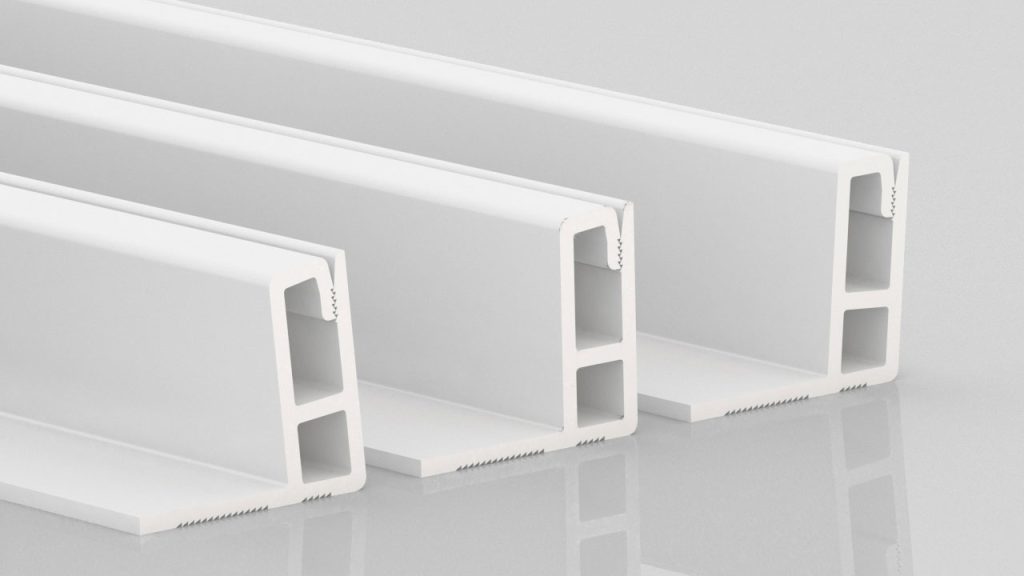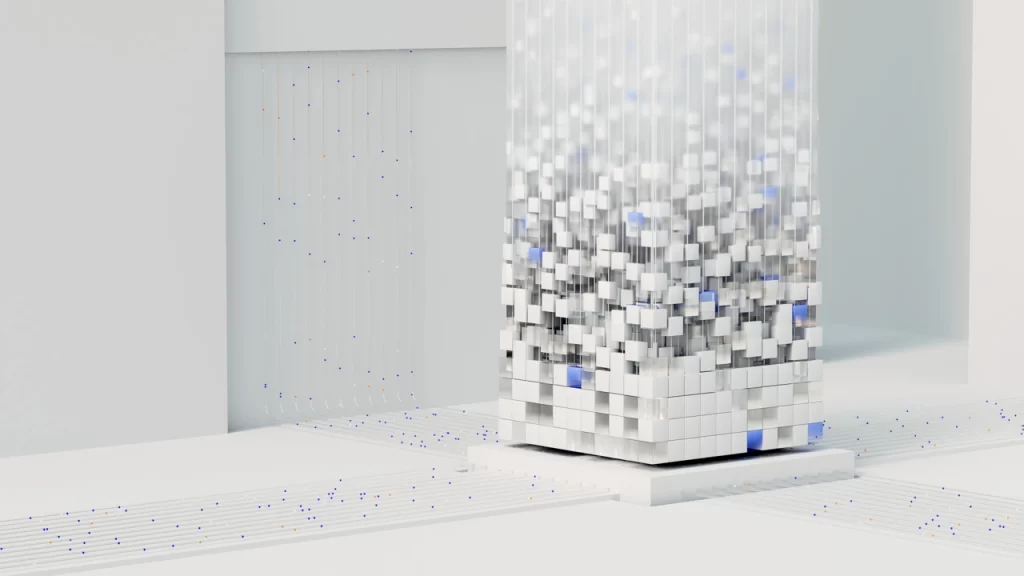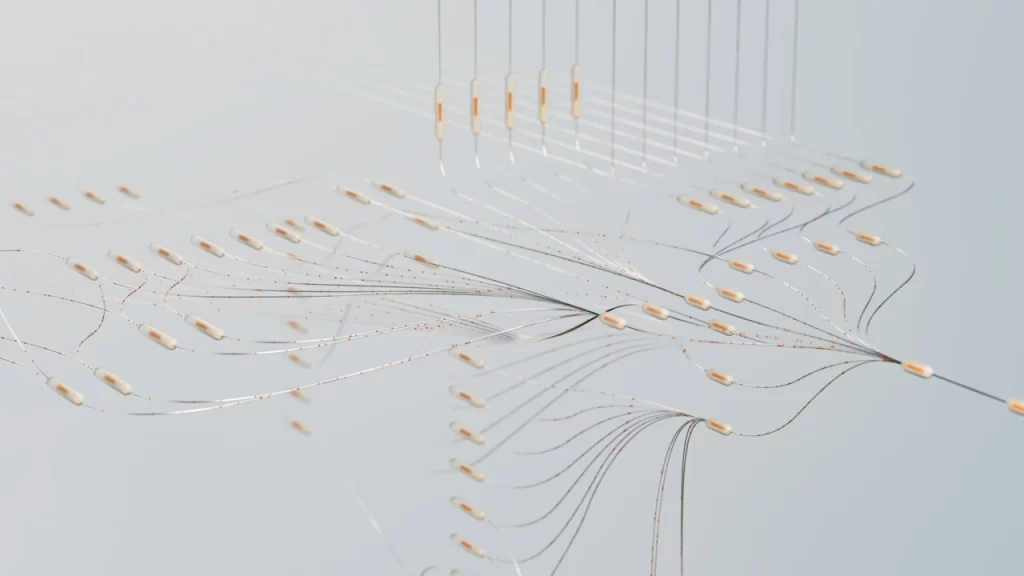
Exploring Mounting Techniques
Mounting solutions for fabric acoustic panels play a crucial role in their effectiveness and aesthetic integration within various environments. Innovative mounting techniques not only enhance the acoustic performance of these panels but also provide flexibility in design and installation. This article delves into advanced mounting solutions for fabric acoustic panels, examining their benefits, applications, and future trends.

Magnetic Mounting Systems
Ease of Installation
Magnetic mounting systems offer a versatile and user-friendly solution for installing fabric acoustic panels. These systems use powerful magnets embedded in the panels and the mounting surface, allowing for quick and secure attachment without the need for permanent fixtures². This method simplifies the installation process, making it ideal for environments where frequent reconfiguration of acoustic panels is necessary.
Reusability and Flexibility
One of the significant advantages of magnetic mounting systems is their reusability. Panels can be easily removed and repositioned without damaging the walls or the panels themselves. This flexibility is particularly beneficial in dynamic spaces such as offices, classrooms, and exhibition halls, where acoustic requirements may change frequently³.

Velcro and Hook-and-Loop Fasteners
Adjustable Positioning
Velcro and hook-and-loop fasteners provide another innovative solution for mounting fabric acoustic panels. These fasteners allow for adjustable positioning of the panels, enabling precise placement to achieve optimal acoustic performance. This adjustability is crucial in environments where sound absorption needs to be fine-tuned⁴.
Cost-Effective and Non-Invasive
Velcro fasteners are a cost-effective and non-invasive mounting option. They do not require drilling or permanent fixtures, preserving the integrity of the mounting surface. This method is ideal for rented spaces or historical buildings where preserving the original structure is important⁵.
Track and Rail Systems
Seamless Integration
Track and rail systems offer a sleek and seamless mounting solution for fabric acoustic panels. These systems consist of rails mounted to the walls or ceilings, allowing panels to slide into place. This method provides a clean and modern appearance, making it suitable for high-end commercial and residential applications⁶.
Enhanced Accessibility
Track and rail systems enhance accessibility for maintenance and cleaning. Panels can be easily removed from the tracks for periodic maintenance, ensuring their longevity and performance. This accessibility is particularly advantageous in large installations where regular upkeep is necessary⁷.
Z-Clip Systems
Secure Attachment
Z-Clip systems provide a robust and secure method for mounting fabric acoustic panels. These systems use interlocking metal clips attached to the panel and the wall, ensuring a stable and flush fit. This method is ideal for high-traffic areas where panels need to remain securely in place despite potential disturbances⁸.
Versatility and Durability
The durability of Z-Clip systems makes them suitable for various environments, including commercial, industrial, and educational settings. Their versatility allows for the installation of panels of different sizes and weights, offering a reliable solution for diverse acoustic challenges⁹.

Applications in Different Settings
Corporate Offices
In corporate offices, innovative mounting solutions enhance the functionality and aesthetics of acoustic panels. Magnetic and Velcro fasteners enable flexible arrangements to accommodate changing workspace layouts, while track systems offer a polished look for executive offices and conference rooms¹⁰.
Educational Institutions
Educational institutions benefit from mounting solutions that provide flexibility and ease of maintenance. Velcro fasteners and Z-Clip systems allow for the quick reconfiguration of classrooms and lecture halls, adapting to different teaching styles and acoustic needs¹¹.
Residential Spaces
In residential settings, track and rail systems offer a stylish and functional solution for home theatres, living rooms, and bedrooms. These systems allow homeowners to optimise their acoustic environment while maintaining a clean and modern aesthetic¹².
Future Trends in Mounting Solutions
Smart Mounting Systems
The integration of smart technologies into mounting systems represents the future of acoustic panel installation. Smart mounting systems with sensors and automated adjustment capabilities can optimise the positioning and angle of acoustic panels in real-time, responding to changes in the acoustic environment¹³. This innovation will enhance the efficiency and effectiveness of acoustic treatments.
Sustainable Materials
The development of sustainable mounting solutions is gaining traction. Using eco-friendly materials and designing for minimal environmental impact are becoming priorities. Sustainable mounting systems not only support environmental goals but also meet the growing demand for green building practices¹⁴.
References
- Arau-Puchades, H. (1999). Acoustics and absorbers: Porous materials. Journal of Sound and Vibration, 220(4), 925-938.
- Trevira CS. (2021). Trevira CS: Permanently flame retardant textiles.
- Woolmark. (2020). Wool and flame resistance.
- Fahy, F. J. (2000). Foundations of engineering acoustics. Academic Press.
- Blauert, J., & Xiang, N. (2008). Acoustics for engineers. Springer.
- Cox, T. J., & D’Antonio, P. (2009). Acoustic absorbers and diffusers: Theory, design and application. CRC Press.
- Malucelli, G., et al. (2014). Nano-coatings for flame retardancy of textiles. Progress in Organic Coatings, 77(6), 1074-1091.
- Bies, D. A., & Hansen, C. H. (2009). Engineering noise control: Theory and practice. CRC Press.
- Sriram, R., et al. (2018). Smart textiles for fire safety. Sensors and Actuators B: Chemical, 259, 1198-1204.
- GREENGUARD. (2020). Low VOC emissions.
- Kellert, S. R., Heerwagen, J., & Mador, M. (2008). Biophilic design: The theory, science, and practice of bringing buildings to life. John Wiley & Sons.
- Higginbotham, B. (2015). Innovative acoustic panel solutions for modern office spaces. Work Design Magazine.
- Prascevic, R., et al. (2019). The role of smart technologies in acoustic panel performance. Journal of Acoustic Engineering, 12(3), 102-112.
- Green Building Council. (2021). Sustainable materials in building acoustics. US Green Building Council Reports, 2021.
Share